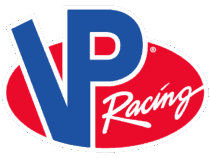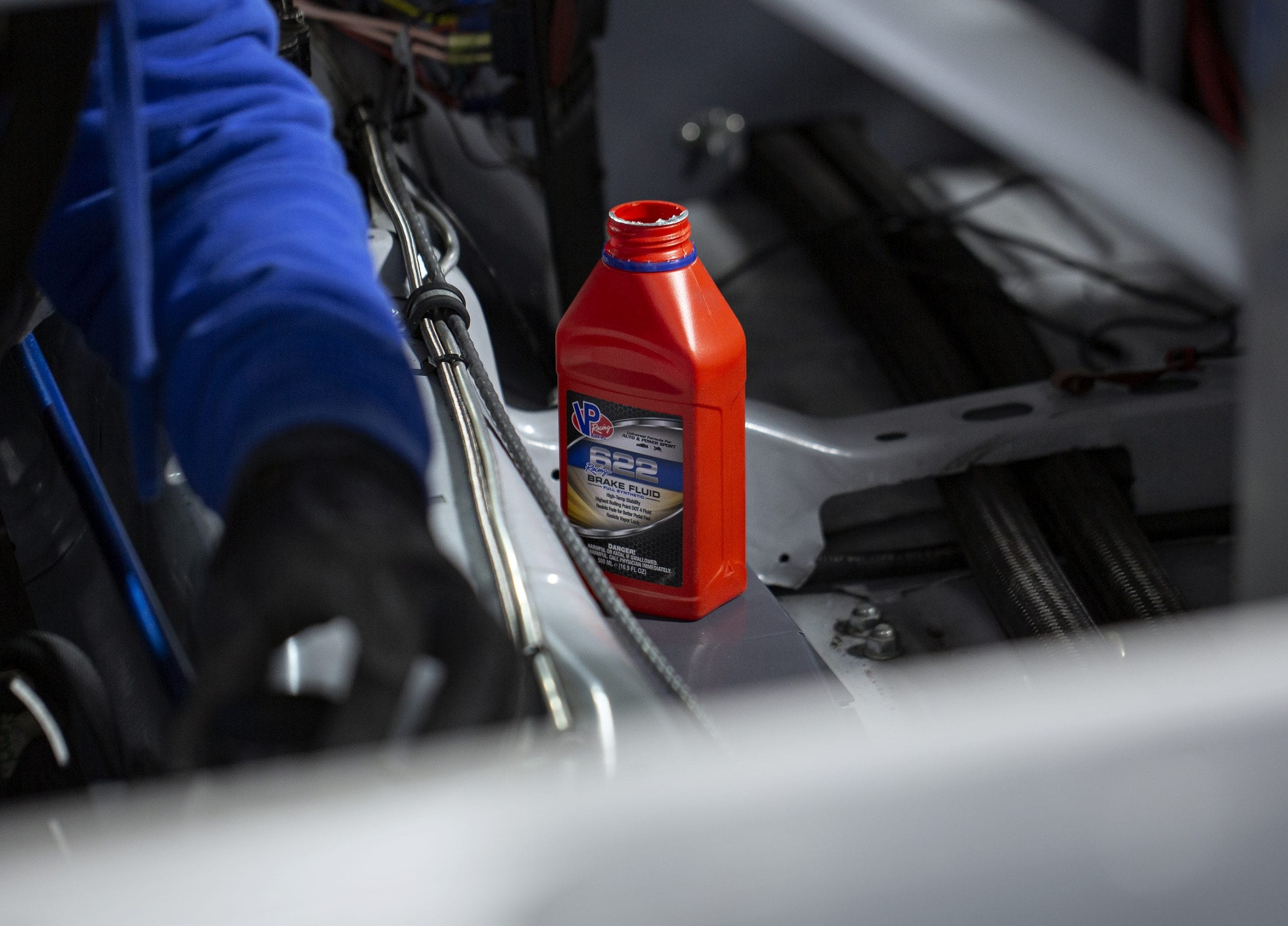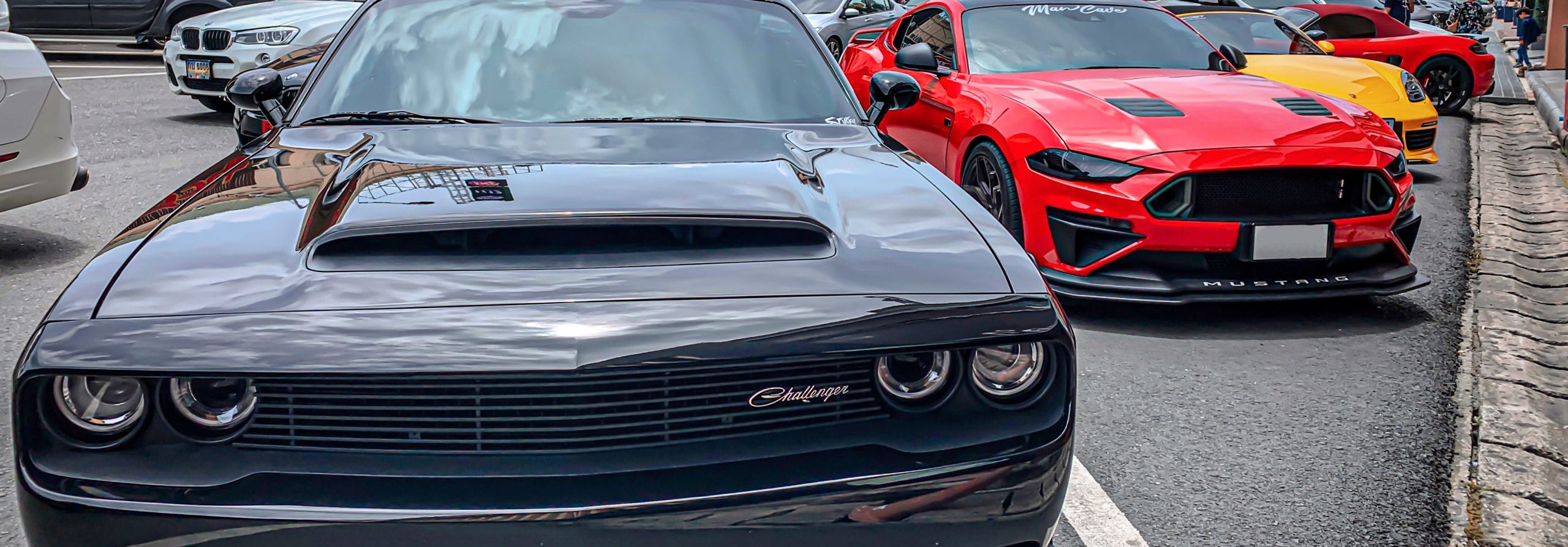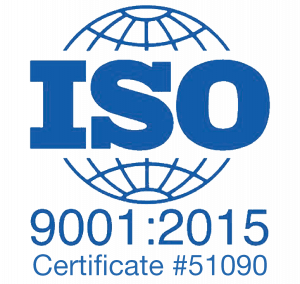What Is Brake Fluid?
What Does Brake Fluid Do?
Estimated reading time 3:45
What is brake fluid and what does brake fluid do? Brake fluid is a type of hydraulic fluid. It’s chief purpose is to convert brake pedal pressure into stopping power while remaining stable in various conditions. It has low compressibility and low and even viscosity.
Because it’s in contact with various metals, they design brake fluid to be non-corrosive, non-conductive, and non-reactive. It also has a neutral pH. The fluid operates in extreme temperatures, so it’s made with a high boiling point, low freezing point, and is non-combustible. It also must have good lubricity.
Brake fluid is one of a braking system’s most overlooked performance parts. Whether you’re driving to work or enjoying a day on the track, the most important mechanical system in your car or powersport vehicle is arguably your brakes.
We mentioned boiling point in the first paragraph. Why is that important? When the brake calipers (and the fluid reaching them) get hot, the fluid will often boil. This produces gas, which is more compressible than the fluid. Thus, it leaves you with a soft, spongy brake pedal feel and a longer travel time when applying the brakes. It can be quite an unsettling feeling, not to mention unsafe.
Brake fluid is also hygroscopic. In other words, it absorbs moisture from the atmosphere, which takes place over time. Water can enter your system due to brake line leaks or broken seals in the master cylinder or caliper. When the fluid contains water, it starts to boil with less heat.
Because brake rotors and calipers generate excessive heat, the brake fluid must have a high heat tolerance. Otherwise, the fluid would vaporize inside your brake lines and create a dangerous situation because your brake system will not function properly.



